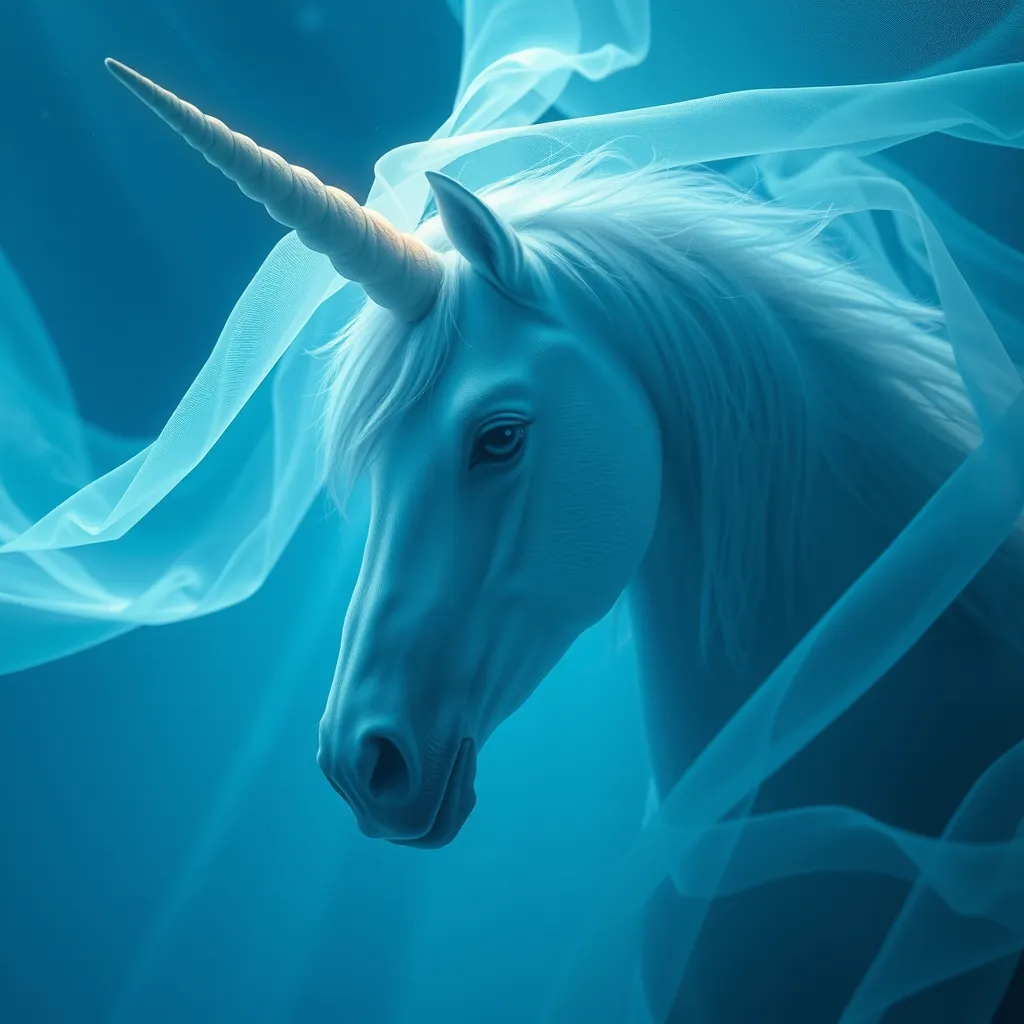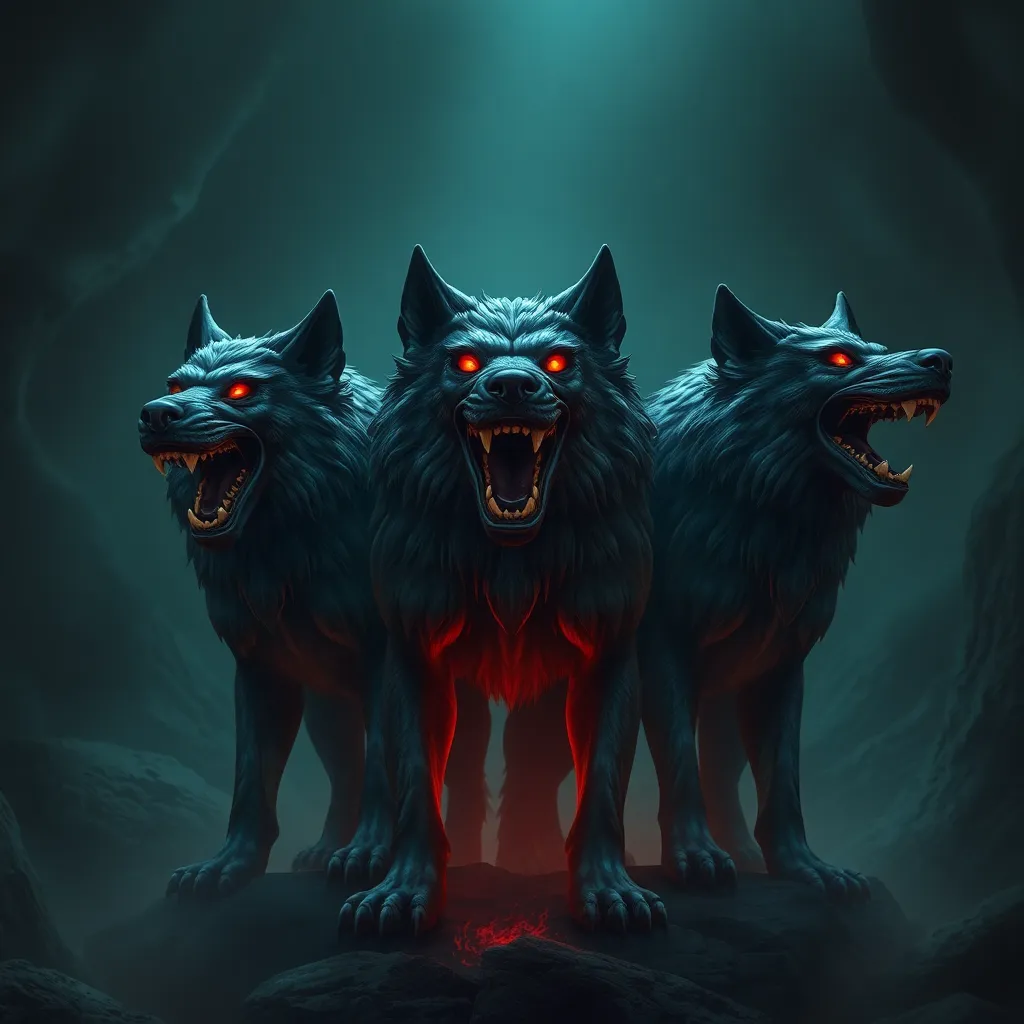The Kelpie’s Relevance in the 21st Century: Understanding the Myth’s Continued Importance in Modern Culture
I. Introduction
The Kelpie, a mythical creature from Scottish folklore, has captivated imaginations for centuries. Traditionally depicted as a shape-shifting water spirit, the Kelpie is known for its deceptive nature, often luring unsuspecting victims to watery graves. Its origins can be traced back to ancient Celtic mythology, where it was associated with rivers, lochs, and other bodies of water. As we navigate through the complexities of the 21st century, this article aims to explore the relevance of the Kelpie in contemporary culture, examining its manifestations in literature, art, and societal discussions, particularly around environmental issues.
II. The Kelpie: A Brief Historical Background
The origins of the Kelpie can be found in the rich tapestry of Scottish folklore. Traditionally believed to inhabit lakes and rivers, Kelpies were often described as beautiful horses or, in some tales, as a handsome man, who would entice individuals to ride them before plunging into the depths of the water.
Over the centuries, the myth of the Kelpie has evolved, absorbing various cultural influences and interpretations. Key characteristics of the Kelpie include:
- Shape-shifting abilities
- Association with water and nature
- Symbolism of danger and seduction
These traits have made the Kelpie a compelling figure in the narrative of human interaction with the natural world, symbolizing both its beauty and its peril.
III. The Kelpie in Modern Literature and Media
In recent years, the Kelpie has re-emerged in literature, captivating new generations. Contemporary authors have reinterpreted the myth, often incorporating modern themes such as identity, environmentalism, and the complexities of human relationships. Notable examples include:
- The Water Horse by Dick King-Smith – This children’s novel presents a sympathetic view of Kelpies, portraying them as misunderstood creatures.
- Kelpies series by various authors – A collection of stories that delve into the folklore surrounding these creatures, blending traditional elements with modern storytelling.
Moreover, the Kelpie has found its way into films, television series, and graphic novels, influencing public perception significantly. Recent adaptations often portray Kelpies in a more nuanced light, emphasizing themes of connection to nature and the need for environmental stewardship.
IV. The Kelpie and Environmental Themes
The connection between the Kelpie myth and water bodies elevates its relevance in discussions about environmental conservation. As guardians of rivers and lakes, Kelpies symbolize the delicate balance between humanity and nature. This myth has become a focal point in:
- Raising awareness about water pollution
- Encouraging sustainable practices
- Highlighting the impacts of climate change on aquatic ecosystems
In this way, Kelpies are not just mythical beings but also serve as reminders of our responsibility towards the environment, urging society to reflect on the consequences of neglecting our natural resources.
V. The Kelpie in Art and Popular Culture
Artistic interpretations of the Kelpie have flourished in recent years, showcasing its enduring allure. Artists have embraced the myth in various mediums, including:
- Visual Arts: Paintings, sculptures, and installations that depict Kelpies, often emphasizing their ethereal beauty and connection to water.
- Fashion: Designers have drawn inspiration from the Kelpie’s unique aesthetic, integrating aquatic themes and mythical elements into their collections.
- Music: Composers and musicians incorporate the Kelpie myth into their works, using it as a metaphor for deeper emotional and environmental themes.
Case studies of artists inspired by the Kelpie reveal a diverse range of interpretations, all contributing to the ongoing dialogue about the myth’s significance in contemporary culture.
VI. The Kelpie as a Symbol of Identity
The Kelpie holds a special place in Scottish cultural identity, representing a connection to the land and its folklore. This myth fosters community and belonging, serving as a cultural touchstone for Scots and those of Scottish descent worldwide. The revival of folklore movements has seen the Kelpie emerge as a powerful symbol:
- Encouraging pride in Scottish heritage
- Promoting local traditions and storytelling
- Unifying communities through shared narratives
The Kelpie myth continues to inspire a sense of identity and belonging, reminding us of the importance of cultural roots in an increasingly globalized world.
VII. Digital Age Interpretations of the Kelpie
In the digital age, the Kelpie has found new life on social media and online platforms. The rise of digital storytelling has allowed for innovative interpretations of the myth, including:
- Short films and animations featuring Kelpies
- Interactive experiences that allow users to explore the myth in immersive ways
- The proliferation of memes that play on the Kelpie’s characteristics and stories
Online discussions and communities dedicated to folklore have further enriched the Kelpie’s narrative, enabling a global audience to engage with this Scottish icon in new and exciting ways.
VIII. Conclusion
In summary, the Kelpie’s significance in modern culture is undeniable. It serves as a bridge between the past and the present, reflecting contemporary concerns while preserving the essence of its origins. As society faces pressing environmental issues and seeks to maintain cultural identities, the Kelpie remains a powerful symbol that can inspire action and reflection.
The enduring power of myths like the Kelpie shapes contemporary narratives, reminding us of the rich tapestry of human experience. As we look to the future, it is vital to preserve and reimagine folklore, ensuring that these stories continue to resonate for generations to come.



